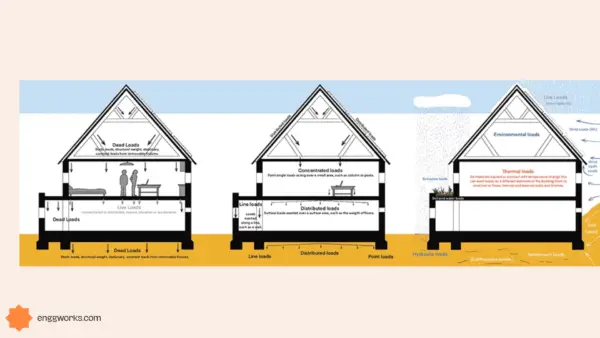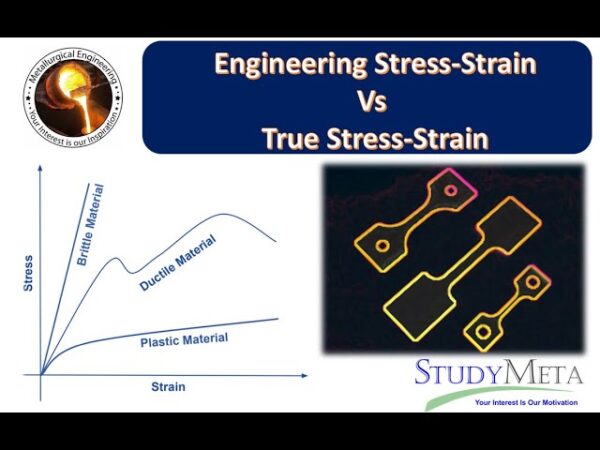Substitution of conventional metals with polymers or composite is a procedure made possible with the advent of high-performance materials like composites.
Thanks to their high mechanical properties and excellent temperature resistance which enabled new possible applications.
Traditional metals like steel in structural applications have to face extreme environmental challenges. It is in these circumstances that composite materials really prove their worth.
Composite materials can provide a low maintenance and hard wearing alternative to stainless steel, aluminum and other similar materials.
Importance of Composites in Structural Engineering
Below are some of the key requirements that regularly addresses the application of composites in place of steel
- Chemical and corrosion
- Mechanical strength
- Water permeability
- Temperature extremes
- Thermal flow
- Lightweight
- Electrical resistance and strength
Composites are most commonly used materials in structural engineering that demand a high level of mechanical properties. Their high strength to weight ratio and high stiffness to weight ratio has paved a way for the development of lighter structures.
This is the major boon in the field of structural engineering which often replaces conventional metal structures.

A composite is a merge of reinforcement and matrix. One such material, most frequently used in structural application is Glass Fiber. They provide the best properties over traditional metals.
Also they can be customized to attain unique properties required for particular applications.
Composites can be widely used in civil engineering structures, e.g., high-rise structures, long-span structures, and marine structures.
It has been proved that composite structures can significantly improve structural performance and reduce the economic costs for their excellent mechanical properties.
However, all composite structures should be rigorously tested and assessed before popularization and application.
The comprehensive investigation on characterizing and predicting the performance of these engineering materials and structures is essential for practical engineering applications.
Evaluating the Feasibility of Replacing Steel with Composites in Construction
The potential advantages of replacing traditional steel components with advanced composite materials is an area of increasing focus in civil engineering and construction.
Composites made of polymers, ceramics, or carbon fibers may offer superior durability, strength-to-weight ratios, and corrosion resistance compared to steel. However, the higher costs of composites present a trade-off that must be evaluated.
This article examines the feasibility, costs, benefits, and challenges involved in replacing steel reinforcement and structures with composite alternatives in the construction industry.

Why Consider Replacing Steel with Composites?
There are several motivations driving consideration of composites over steel:
**Improved Durability**
Composites designed with epoxy, ceramics, carbon or glass fibers can have 2-10 times better fatigue and corrosion endurance than steel, leading to longer service life.
**Lighter Weight**
Replacing heavy steel with lightweight composites like carbon fiber allows creating structures with similar or higher strength, but substantial weight reductions for efficiency.
**Non-Conductive**
Most composites are non-conductive, so they don’t corrode and can be advantageous over steel for infrastructure exposed to weather, road salt, water, and damp environments.
**Non-Magnetic**
The non-magnetic properties of composites facilitate specialized applications such as MRI rooms where steel structures would interfere.
**Construction Efficiency**
Composite components can provide faster, simpler installations with fewer parts compared to steel assemblies.
Challenges Hindering Widespread Replacement of Steel
Despite the benefits, some obstacles have limited widespread replacement of steel with composites:
**Higher Costs**
Carbon fiber and advanced composites can cost 5-10 times more per pound or kg than steel materials. This cost premium limits cost-effective applications.
**Immature Technology**
Manufacturing, joining, and construction methods for composites lag behind refined steel techniques perfected over a century of use. The technology remains under development.
**Safety Uncertainties**
The failure modes, collapse limits, connection behaviors, and other safety factors for composites are less proven and understood compared to predictable steel designs.
**Lack of Standards**
Design codes, testing methods, inspection practices, and construction standards for composites lack the precision and detail available for engineering with steel.
**Recycling Difficulties**
While steel is highly recyclable, disposal and recycling of composites presents environmental and cost challenges due to diversity of materials.
Promising Applications for Composites Replacing Steel
Despite the obstacles, researchers have identified promising niche applications where composites offer advantages over steel:
– Reinforcing bridge decks and columns exposed to corrosive environments
– Earthquake-resistant bracing systems taking advantage of stiffness and energy absorption
– Fatigue-prone steel components like cranes, turbine blades, rails, pipelines, etc.
– Concrete reinforcement needing non-conductive, non-corrosive alternatives to steel rebar
– High-strength, lightweight components for demanding aerospace applications
Targeting such applications for composite deployment avoids trying to universally replace all structural steel.

Realistic Outlook on Scaling Composite Usage
While composites will displace steel in select infrastructure and engineering use cases, a full-scale replacement of steel is unlikely in the foreseeable future.
The maturity of steel manufacturing and construction gives it cost and familiarity advantages.
However, as composite technology progresses, costs decline, and knowledge grows, composites will carve out a wider niche displacing steel selectively where their technical merits warrant despite higher initial costs.
A combined approach harnessing the strengths of both materials will drive innovation.
Conclusion
Replacing steel components with composites provides durability, weight reduction, and corrosion benefits, but adoption is limited by cost and technology maturity.
As research continues, composites present a promising materials pathway for specialized applications where their advantages sufficiently justify the tradeoffs.
Civil engineers must apply a holistic analysis on a case-by-case basis to identify the best material solution.







